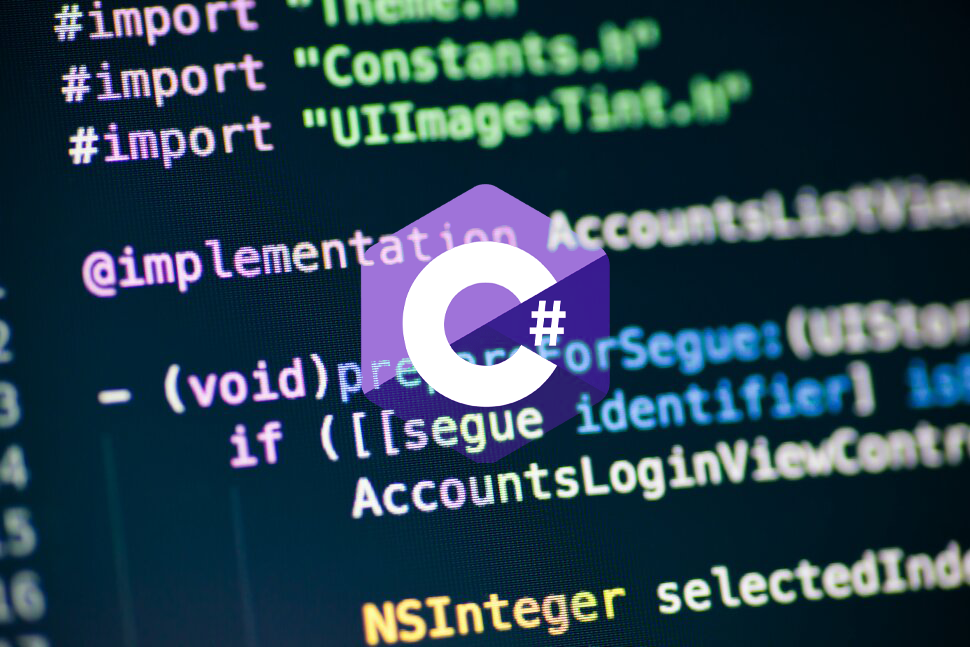- تاریخ برگزاری: 1401/11/23
- مدت زمان دوره: 40 ساعت
- روزهای برگزاری: یکشنبه-سه شنبه
- ساعات برگزاری: 16 الی 20
- نام استاد: مهندس سامان رضایی
- قیمت: 2200000 تومان
- هزینه دوره مجازی:
- تماس: 02166013455

♦ سرفصل های #C:
(Manage Program Flow (25-30%:
(Create and Use Types (25-30%:
(Debug Applications and Implement Security (25-30%:
(Implement Data Access (25-30%:
تمامي دوره ها با رعايت كليه نكات بهداشتي و به صورت حضوري برگزار خواهد شد.
پس با خيال راحت ثبت نام خود را انجام دهيد.
توجه: قبل از واریز وجه دوره، حتما از طریق مسئول آموزش استعلام گرفته شود.


کلیه اساتید لایتک دارای سابقه درخشان در حوزه آموزش می باشند.